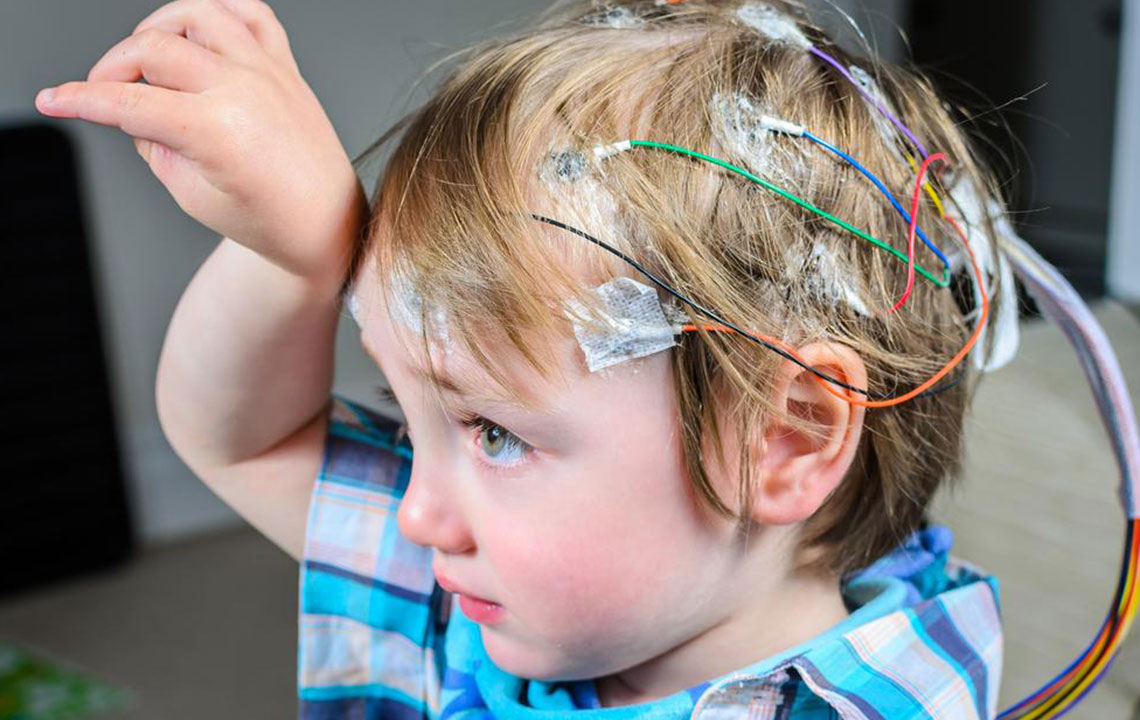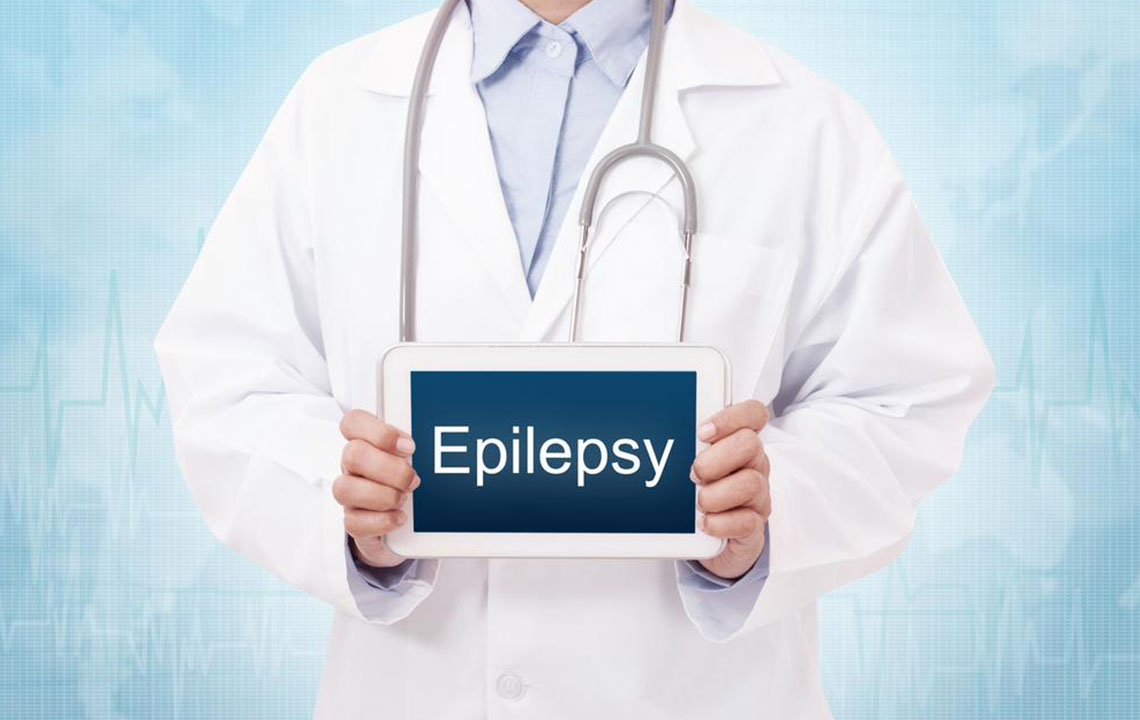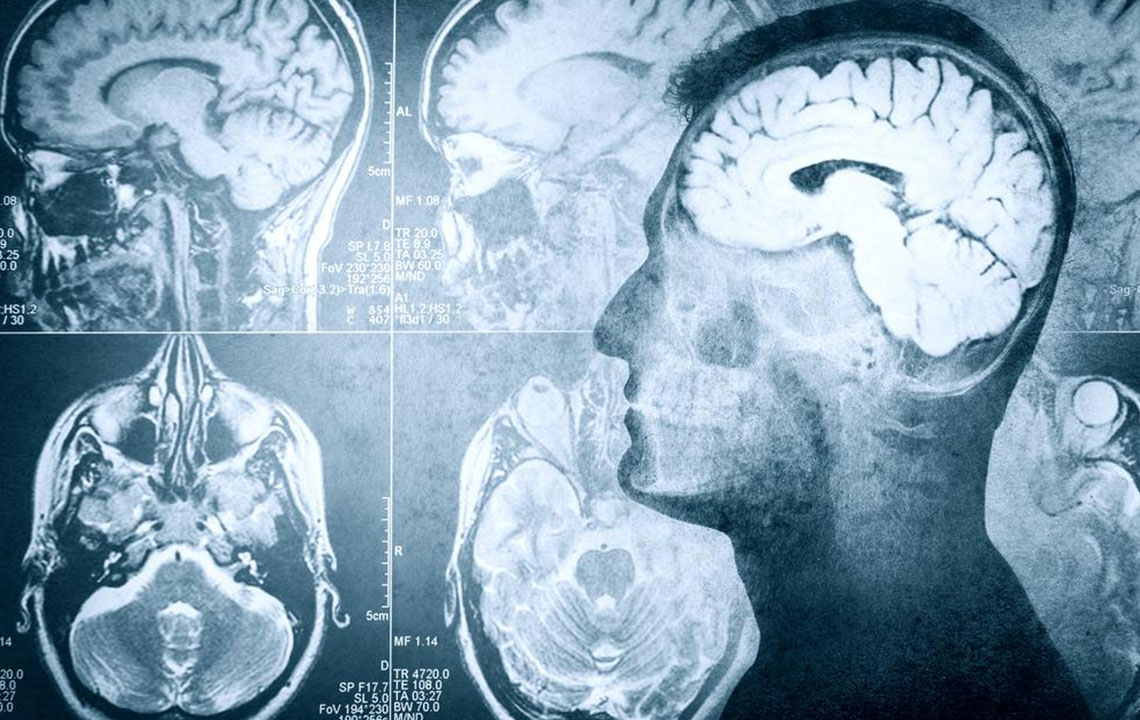Essential Seizure Management Strategies for Healthcare Professionals and Caregivers
This comprehensive article covers essential seizure management protocols, detailing step-by-step procedures from initial stabilization to advanced treatment options. It emphasizes the importance of timely intervention, tailored therapies, and specialized care to enhance patient outcomes and reduce emergency risks associated with seizures.

Comprehensive Overview of Seizure Management Protocols
Seizures are sudden episodes resulting from abnormal electrical discharges in the brain, which temporarily disrupt normal neurological function. These episodes vary in severity and presentation, ranging from brief lapses of consciousness to full-body convulsions. Among these, status epilepticus stands out as a critical emergency characterized by prolonged seizure activity lasting 30 minutes or more, necessitating immediate medical intervention due to the high risk of long-term complications or death. The significance of timely and effective seizure management cannot be overstated, especially given the statistic from the American Epilepsy Society that thousands of adults and children succumb each year due to poorly managed or unrecognized seizure episodes.
Updated Seizure Management Guidelines
These new protocols are designed to provide structured, evidence-based approaches tailored for both pediatric and adult patients. They utilize a clear, step-by-step algorithm, crushing the complexity of seizure response into manageable stages to guide healthcare professionals and caregivers through effective intervention procedures during different phases of seizure activity.
Phase 1: Immediate Stabilization
At the onset of a seizure, rapid stabilization is paramount. This initial phase involves assessing the patient's safety, protecting them from injury, monitoring vital signs, and ensuring the environment is hazard-free. Caregivers are advised to avoid restraining the patient forcibly but should prevent accidental injury by clearing surrounding objects and turning the patient onto their side to prevent choking or aspiration.
Phase 2: Early Medical Intervention
Usually beginning around the fifth minute, this phase spans up to twenty minutes from seizure onset. If the seizure persists beyond this window, it implies treatment escalation is necessary. Medical professionals should administer specific first-line antiepileptic drugs as per established guidelines—such as intravenous benzodiazepines, which are effective in rapidly reducing seizure activity. The choice of medication depends on factors like patient age, underlying health, and allergy history.
Phase 3: Secondary Management and Assessment
Once beyond twenty minutes, the focus shifts toward evaluating the patient's response to initial treatment. Healthcare providers may consider adjusting medication doses or switching to alternative drugs if there is no improvement. In cases where standard therapies are ineffective or unavailable, intravenous phenobarbital often serves as a secondary option. Continuous monitoring using EEG can help assess ongoing seizure activity and guide further interventions.
Phase 4: Advanced Emergency Care
After forty minutes of persistent seizure activity, treatments become more aggressive. While less effective than earlier interventions, options such as repeated drug dosing or anesthesia-induced coma under careful EEG monitoring can be considered. These approaches aim to suppress neural activity and prevent irreversible brain damage. The emphasis remains on early, decisive action during the initial phases for optimal patient outcomes.
Specialized Treatment Approaches
In some cases, standard anti-epileptic medications do not achieve seizure control and may lead to adverse effects or exacerbate the condition. Advanced neurological interventions—such as neurosurgery, vagus nerve stimulation, or ketogenic diets—may be appropriate options. These specialized therapies provide alternative avenues for control and significantly improve the quality of life for difficult-to-treat patients when combined with comprehensive medical supervision.
Ultimately, the primary aim of these seizure management protocols is to protect patients during episodes, limit neurological damage, and reduce the risk of long-term disability. Studies indicate that adherence to these structured guidelines results in a 60% improvement in survival rates and seizure control.
Preference is generally given to monotherapy, the use of a single antiepileptic drug, to minimize costs and adverse side effects. However, combination therapy can be necessary for refractory cases, but always under careful supervision by neurologists or trained healthcare professionals. The key to successful seizure management is prompt, organized response coupled with ongoing monitoring and adjustments tailored to individual patient needs.




